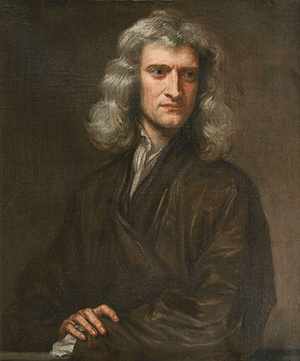
Are Science and Religion Incompatible?
The relationship between science and religion has been a subject of deep reflection, debate, and controversy for centuries. At first glance, science and religion may appear fundamentally opposed—science seeks to explain the natural world through empirical evidence and testable theories, while religion often relies on spiritual beliefs, sacred texts, and faith in the unseen. However, the question of whether science and religion are inherently incompatible is far more complex. A thorough examination reveals that while there are areas of tension, science and religion can also be seen as complementary systems of understanding.
The Case for Incompatibility
One of the most frequently cited reasons for the incompatibility of science and religion lies in their foundations in methodology and epistemology. Science is based on observation, experimentation, and skepticism. Its conclusions are provisional and subject to change with new evidence. Religion, on the other hand, often rests on faith, tradition, and revelation—elements that are not empirically testable.
This divide becomes especially problematic when religious doctrines make claims about the physical world that directly contradict scientific evidence. For example, young-Earth creationism—a belief based on a literal interpretation of the Bible—asserts that the Earth is only a few thousand years old, which conflicts with overwhelming geological and astronomical evidence indicating an age of approximately 4.5 billion years. In such cases, science and religion appear to be in direct conflict, each offering mutually exclusive explanations for the same phenomena.
Additionally, critics argue that religion can discourage questioning and critical thinking when it promotes dogma or discourages evidence-based inquiry. From this perspective, the two systems appear to be fundamentally incompatible in their aims and methods.
The Case for Compatibility
Despite these tensions, many argue that science and religion can coexist peacefully and even harmoniously. One influential perspective is the concept of "non-overlapping magisteria" (NOMA), proposed by evolutionary biologist Stephen Jay Gould. According to this view, science and religion each govern separate domains: science explains the natural world—what the universe is made of and how it works—while religion addresses questions of ultimate meaning, moral values, and human purpose. In this model, the two do not conflict because they answer different types of questions.
Moreover, history provides numerous examples of scientists who were also religious believers. Notable figures such as Galileo, Kepler, Isaac Newton, Gregor Mendel, and, more recently, Francis Collins, (the geneticist who led the Human Genome Project), have maintained deep religious faith while making significant scientific contributions. Their lives suggest that personal belief in a higher power does not inhibit scientific inquiry.
In practice, many religious individuals accept scientific explanations for natural phenomena while interpreting their faith’s sacred texts metaphorically rather than literally. For example, instead of viewing the creation story in Genesis as a literal account, they might see it as a symbolic narrative that conveys spiritual truths, thus avoiding direct conflict with evolutionary biology or cosmology.
Context Matters: Religion, Interpretation, and Culture
The compatibility between science and religion often depends on the specific religious tradition and how its teachings are interpreted. Fundamentalist branches of religion that insist on a literal reading of scripture are more likely to clash with scientific findings. Conversely, more liberal or progressive religious movements often embrace scientific knowledge and integrate it into their theological worldview.
It is also worth noting that not all religious traditions relate to science in the same way. Some Eastern religions, such as Buddhism, focus more on experiential insight and ethical practice than on doctrinal claims about the physical world. In these cases, there may be fewer points of direct conflict with scientific understanding.
Conclusion
Science and religion are not necessarily incompatible, but tensions do arise when one crosses into the territory of the other—when religion makes empirical claims about the physical world or when science is used to discredit metaphysical belief. Ultimately, the compatibility between science and religion depends on interpretation, context, and openness to dialogue. Rather than being adversaries, they can be viewed as different lenses through which humanity seeks to understand reality—one through the rigor of evidence and reason, the other through the depth of meaning and purpose.

